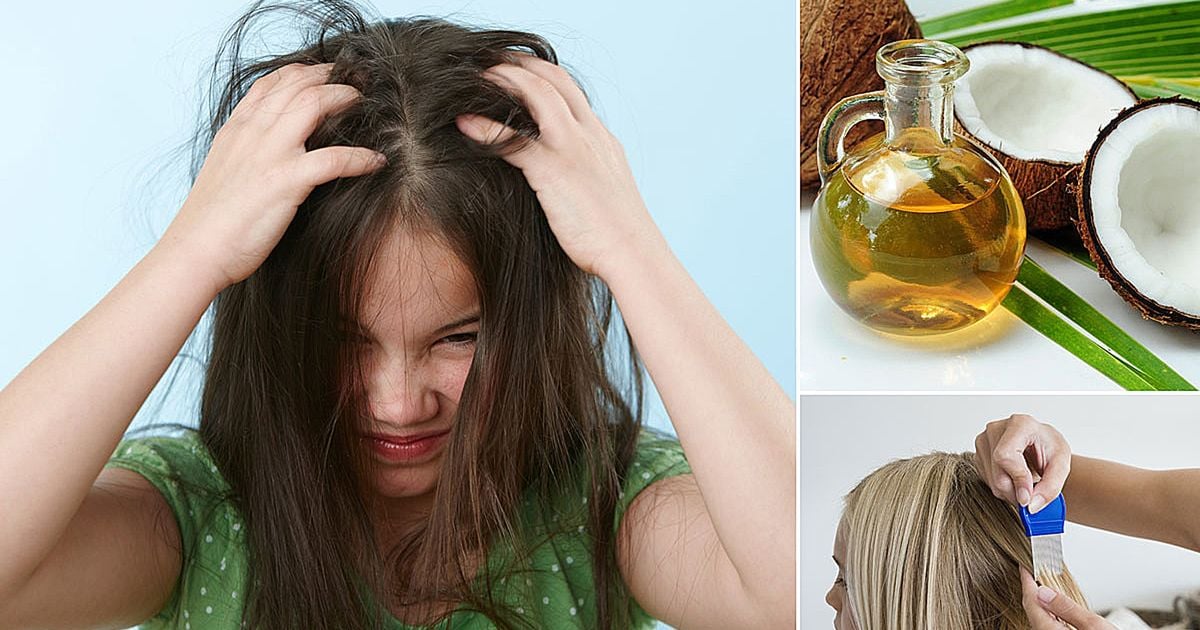CAN WIGS GET LICE?
![]() February 06, 2020
Views: 19882
February 06, 2020
Views: 19882
You may have asked yourself if it was possible for your wig to get lice at one time or another, and you're not alone. The truth is that although uncommon, wigs and hair toppers can get lice. If your wig is newly purchased, it will not already have lice. During the wigs production process, it is customary for the hair to firstly be soaked in an 'acid bath' to remove all bacteria, which thoroughly sanitizes and disinfects the hair, which ultimately removes any chance of lice.
However, the chances of contracting lice after wearing the wig for a period is possible. Although the chances of getting lice on a wig is low, as lice primarily live off the human scalp, and are only after human blood. Since it is harder for lice to reach your scalp on a wig it is harder for them to live, however they could get through the material of the wig onto your scalp. As human hair wigs look just like natural hair, is it prone to similar issues as natural hair, and harboring lice is one of them.
Note that having lice is not associated with hygiene. The myth of lice only staying on dirty or greasy hair is not true. As a matter of fact, lice prefer clean and shiny hair. Lice only need blood to survive, so the cleanliness of the hair is secondary. Lice may not be able to tell the difference between a wig and real hair - they only know that the environment is familiar. The lice do not care about the color or the type of the wig.
Even if there is no visible scalp in the wigs for lice to see, it still gives a scalp-like surface available for the lice to lay eggs. Lice eggs are very tiny and hard to spot, as they resemble dandruff. The eggs stick to the hair roots and are hard to remove. Areas such as behind the ears, at the nape of the neck and other areas close to the skin and prime areas for lice. The good news is that lice cannot survive for a long time away from the host (the scalp). However just removing the wig and placing it on a stand for a while until the lice die, will not solve the problem as the eggs can be hard to eradicate.
So how can wigs get lice?
It is difficult for wigs to get lice, as lice neither fly nor jump. Lice are usually contracted by being in direct contact with and against another persons head of hair. Sharing a comb or hairbrush with another person with lice could also be a way to contract lice. This is one of the reasons that sharing a hairbrush is discouraged. Lice can also be spread by sharing a bed or pillow with someone that has lice.
Another possible way of getting louse on your wigs is by sharing wigs. If the person wearing your wig has lice, you may contract lice on your wig which can spread to your own hair. To this end, avoid sharing wigs at all costs.

How do you prevent your wig from getting lice?
• Most importantly keep your hair and your wig away from direct contact with other people's hair. For instance, never lean your own head against someone else's hair if you suspect they have lice.
• Always use combs and brushes that belong to you. Using someone else's comb or brush is as good as exposing your hair to lice.
• Make sure that you keep your wigs to yourself. Avoid sharing wigs as you do not know the content of another person's hair.
• Keep your wig on its own wig stand or in a plastic bag and don't keep it near other people's wigs or toppers.
• Wrap your wig in a bun or braids if you are wary of getting lice.
What do I do if I notice lice or eggs in my wig?
Remove your wig from your scalp immediately and place the wig on a stand or in a plastic bag. Next, wash your own hair with a special lice shampoo to create a toxic environment for the lice. Note that ordinary conditioner or shampoo would not affect the lice or nits in anyway. There are also a variety of special lice treatments you can get from the drugstore that you can apply on your hair, as well as lice combs which catch all eggs and lice when you pull it through your hair. These treatments usually kill lice and eggs in the first use, but a second use is often recommended.
Regarding your wig, be sure to keep it away from your own hair until you know its lice and egg free. Wash the wig properly using warm water just the way would wash your hair but do not place it on your head while doing so. If you have a lice treatment that is non-toxic, you can apply it to your wig following the instructions. Towel-dry the wig and put it back on the stand.
Carefully comb through the length of the wig with a special lice comb to remove the lice and eggs. Do not be in a hurry to do this; or you might not comb them all out. Pay special attention to the roots of the wig and the nape. Applying a light conditioner can help the eggs and lice slide off the hair easier (the wig will need to be rinsed again after this).
Alternatively, you can place your wig with lice in a carefully sealed bag and leave it there for one month or more. This should give the lice and eggs enough time to hatch and die. The lice would starve to death coupled with the fact that lice do not function well in a hot place.
Read more tips about wearing wigs:
WILL WIGS FADE AFTER USE FOR SEVERAL TIMES?
WIGS 101: TIPS FOR EVERY DAY WIG WEARING
WIG 101- TIPS FOR NEW WIG WEARERS


Leave a reply